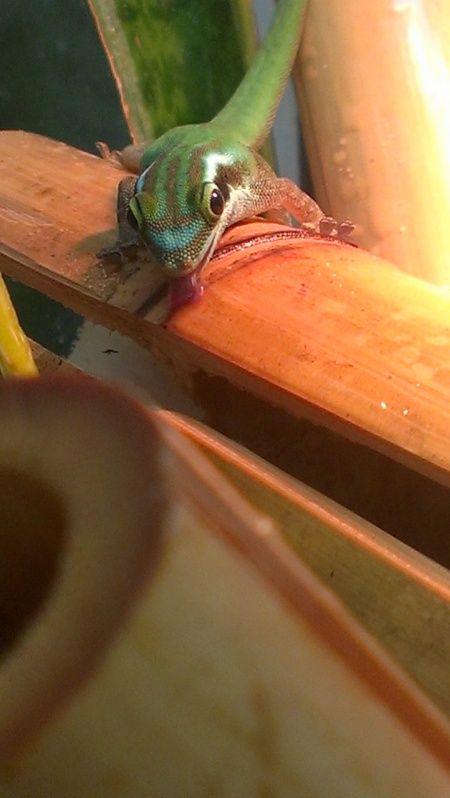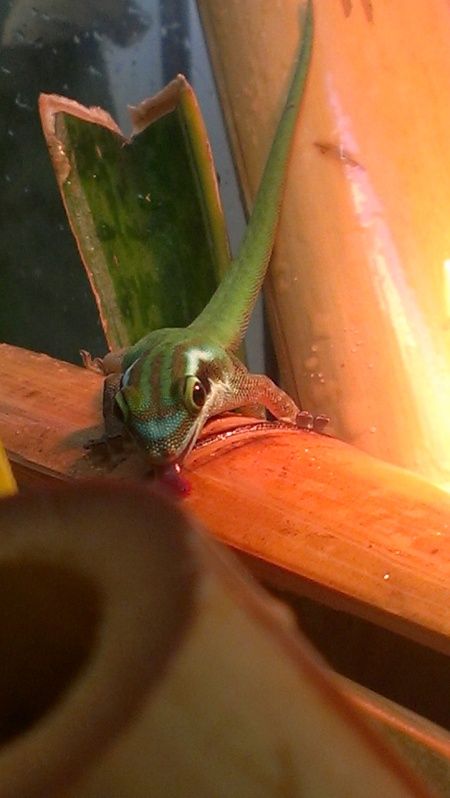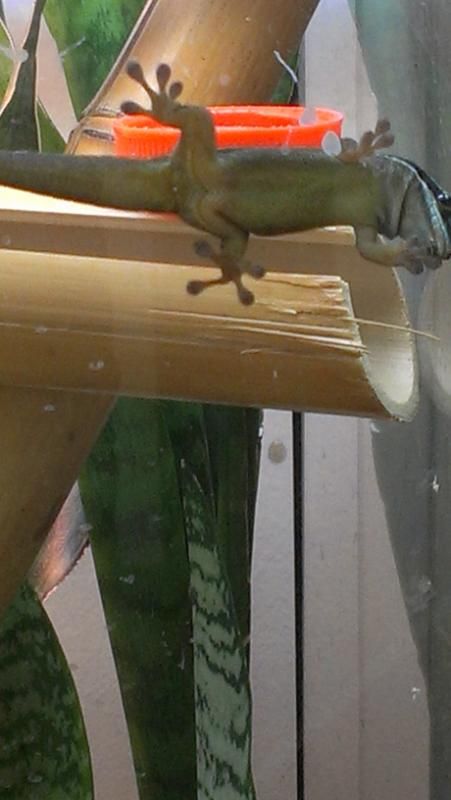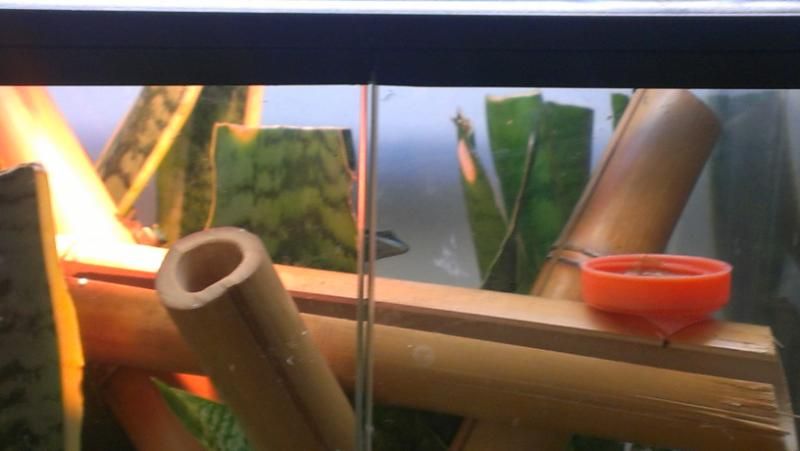mkschaefer
New member
Hello,
I received this fantastic pair this morning from Leann and Greg Christenson (Leaping Lizards Home Page). I am incredibly excited to be working with this species and with the co-op. A big thanks to Leann, Russ, and others who have kept this species going in captivity in the US. These are probably the best pictures I will get for some time due to their speed and shyness.
Female
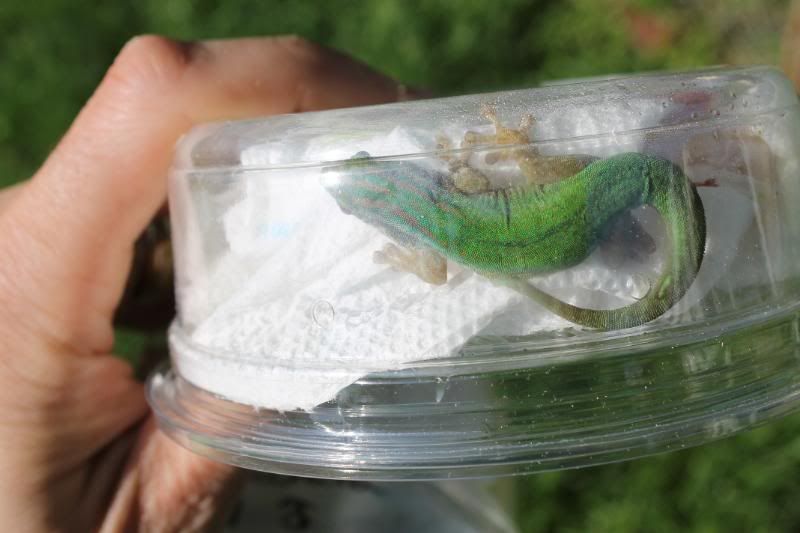
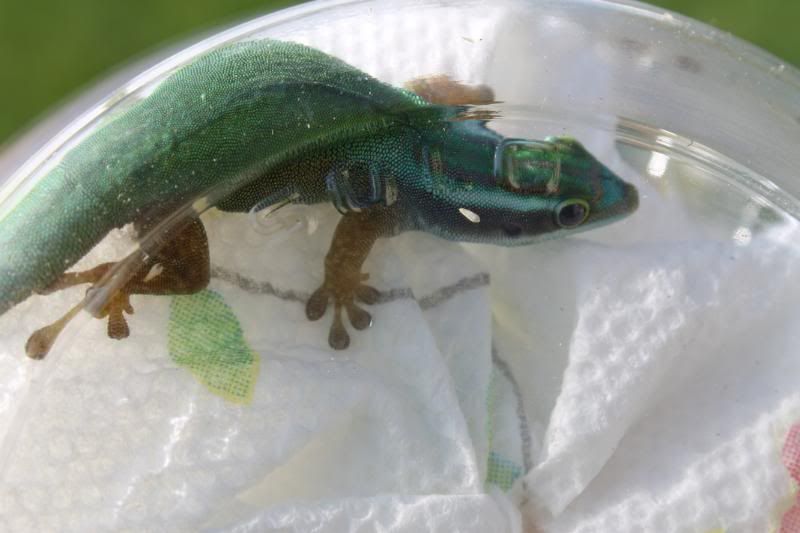
Male
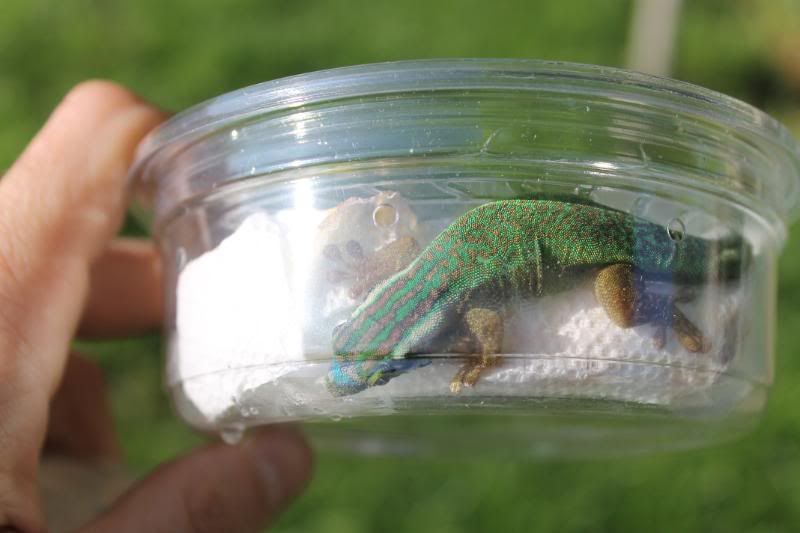

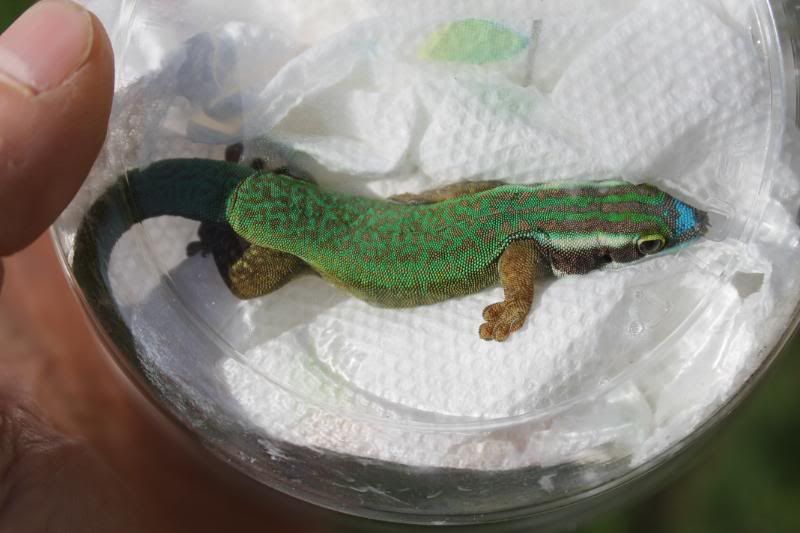
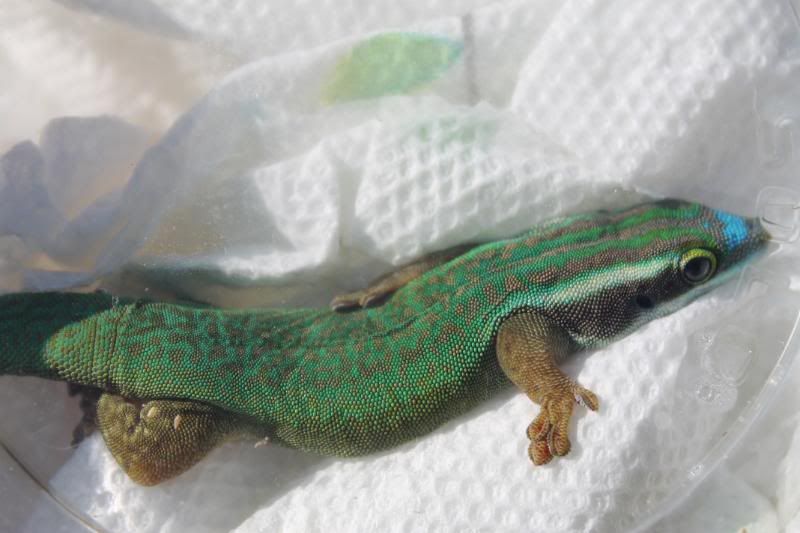
I received this fantastic pair this morning from Leann and Greg Christenson (Leaping Lizards Home Page). I am incredibly excited to be working with this species and with the co-op. A big thanks to Leann, Russ, and others who have kept this species going in captivity in the US. These are probably the best pictures I will get for some time due to their speed and shyness.
Female


Male








